A chimney liner is a crucial part of any safe and efficient fireplace or heating system in New Jersey.
Excellent Reviews
Based on ~500 reviews
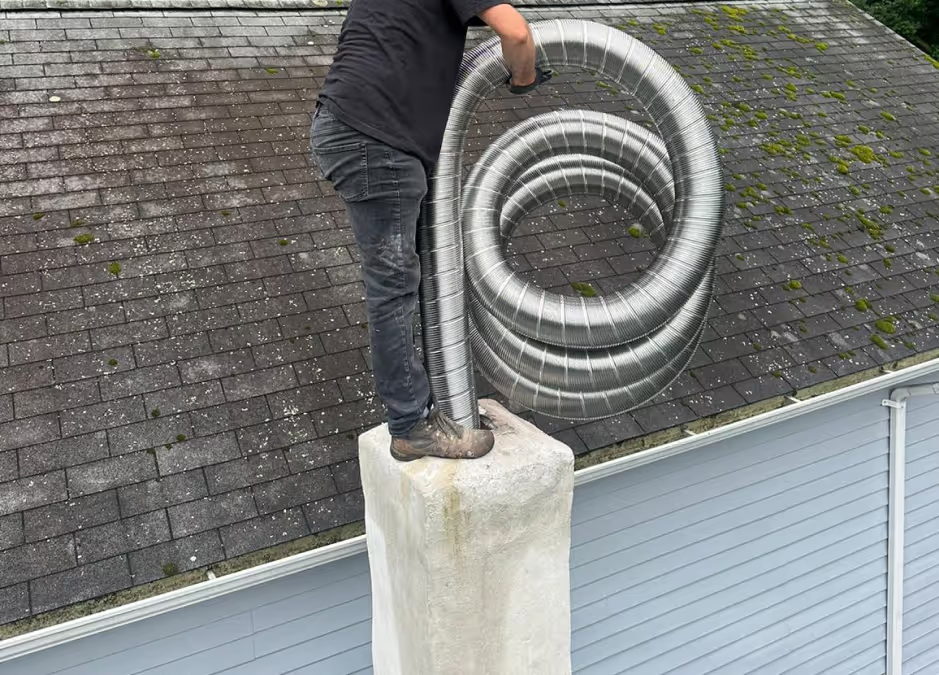
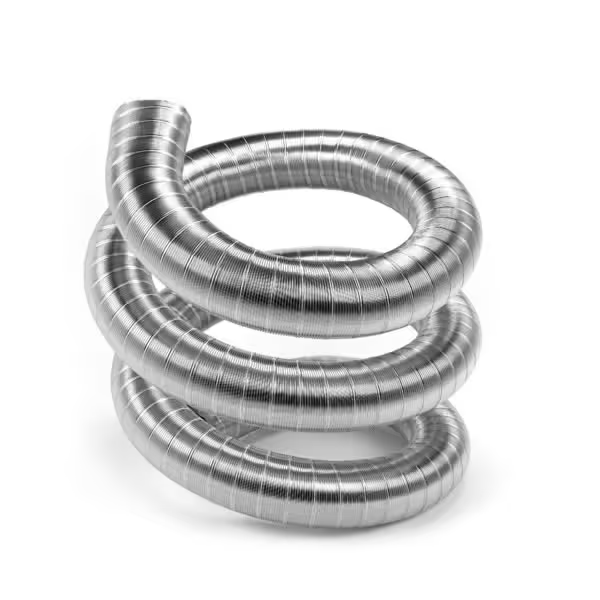
In a residential chimney, the liner guides smoke and gases out of the home while protecting the masonry from heat and corrosion. If your home has an old, damaged, or unlined chimney, installing or replacing the residential chimney lining is one of the most important upgrades you can make.
Proper lining enhances safety, improves airflow, and helps prevent costly chimney repairs or fires.

In older homes, chimneys may be unlined or lined with materials that are no longer considered safe (like clay tile in poor condition). Liners protect your chimney's structure and your home by creating a sealed, insulated channel for venting.
Without a proper liner, smoke and heat can penetrate your home’s walls or attic.



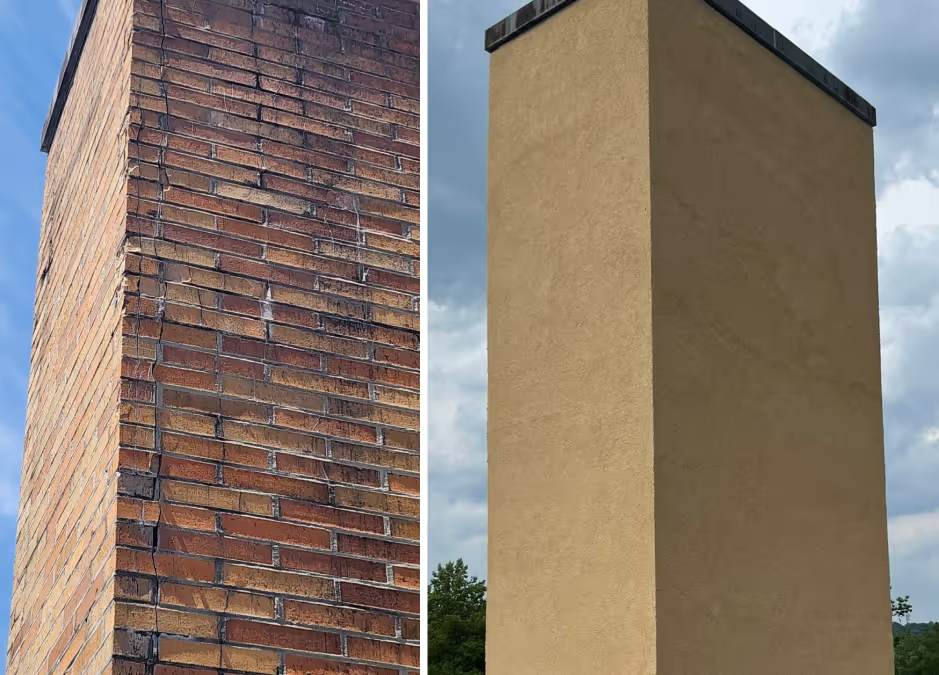



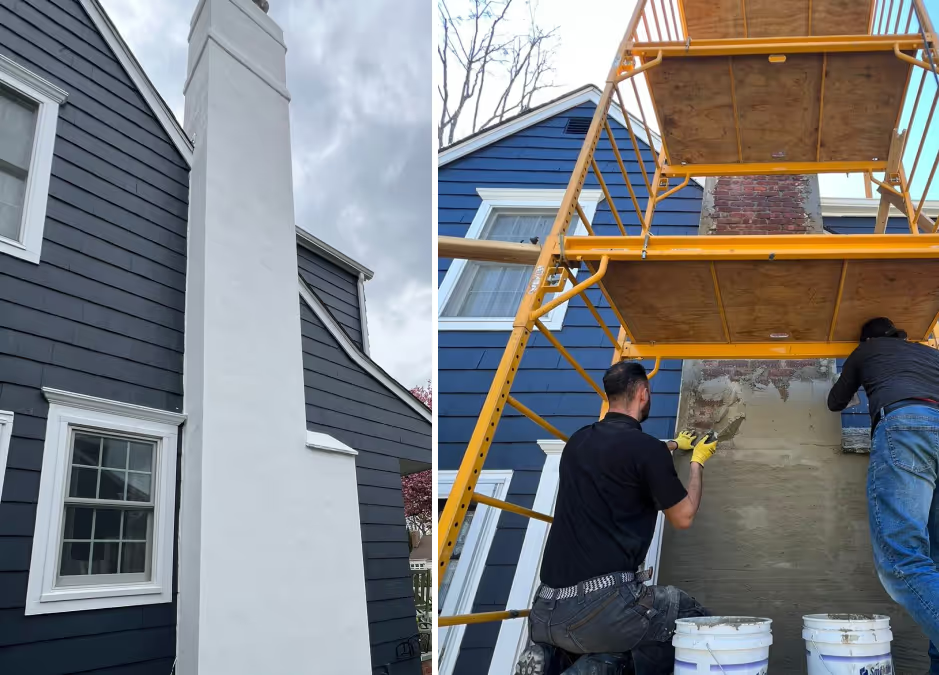
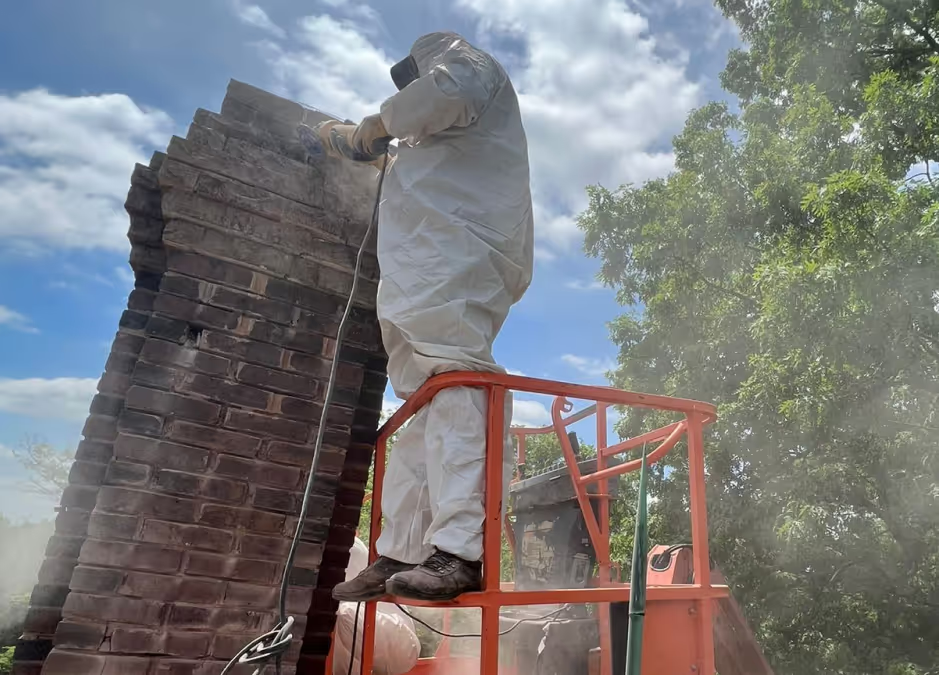

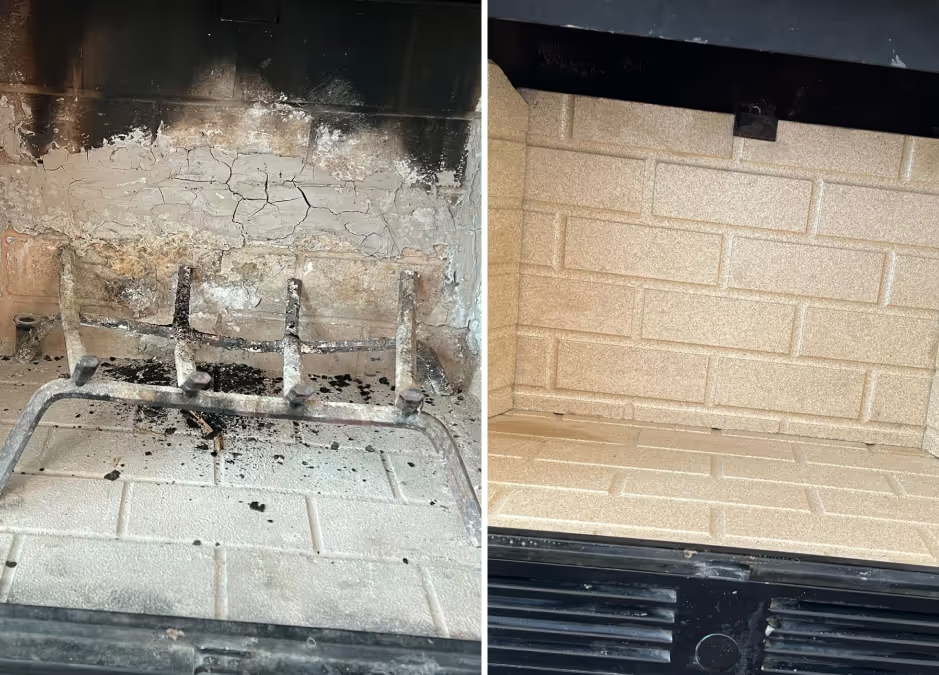
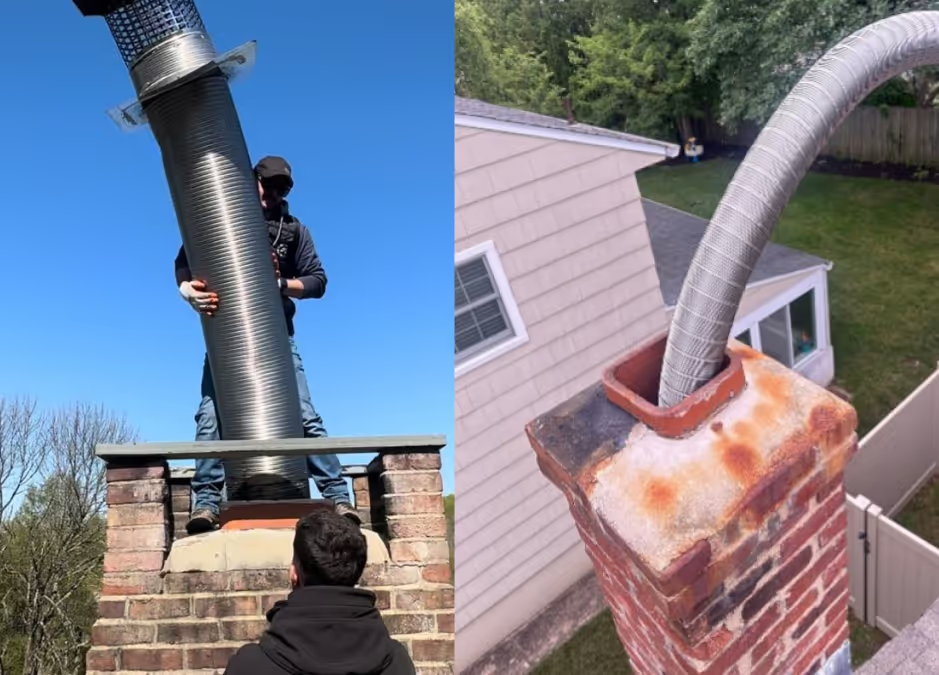
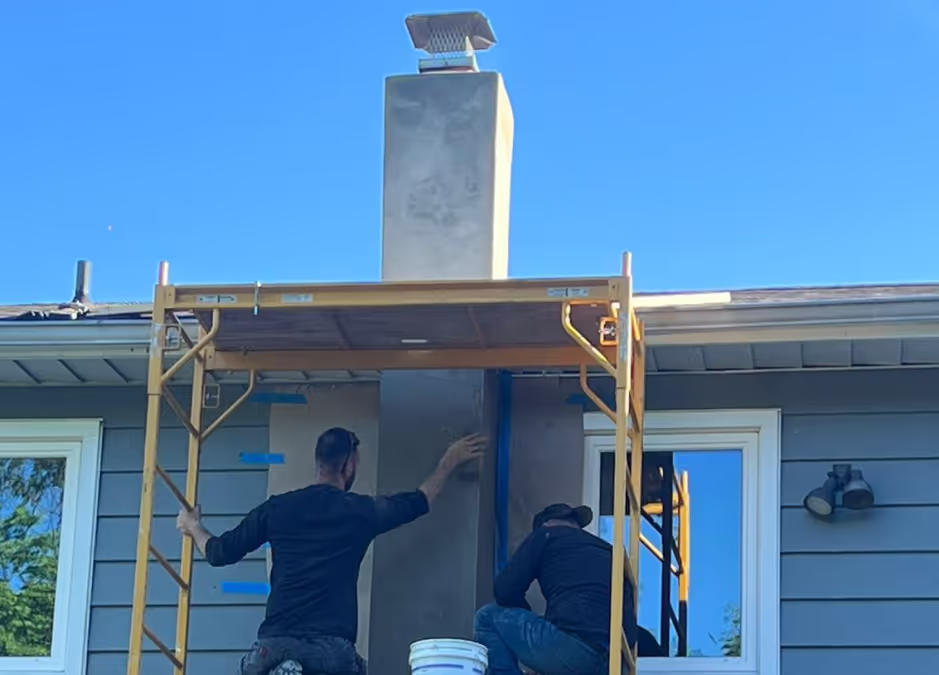
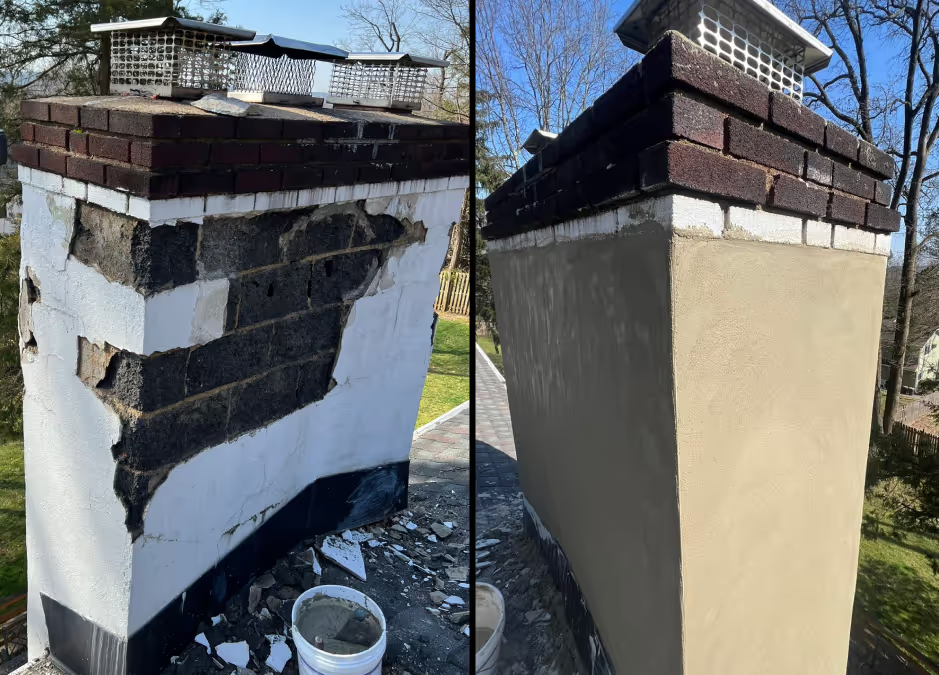

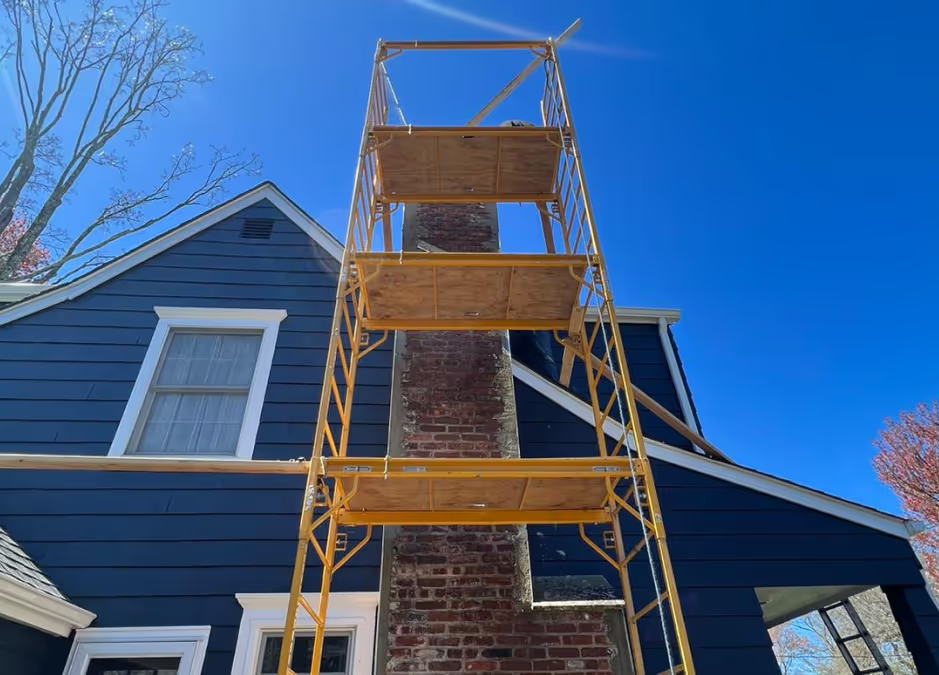
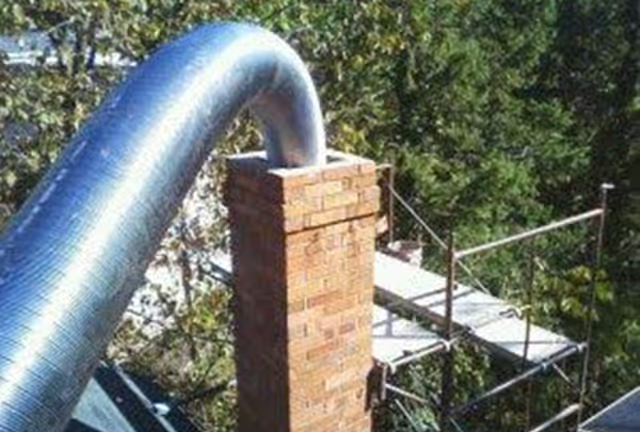
There are several types of liners, each suited for different fuel types and chimney conditions. Choosing the right one depends on your fireplace, stove, or furnace setup.
Stainless steel is the most common liner for modern residential use.

A damaged or missing liner puts your home at serious risk. Even small cracks can leak carbon monoxide or lead to chimney fires. If your chimney is unlined, or you’re upgrading your heating appliance, a new liner is essential.
Liner replacement may also be required after a chimney fire, inspection failure, or structural repair.
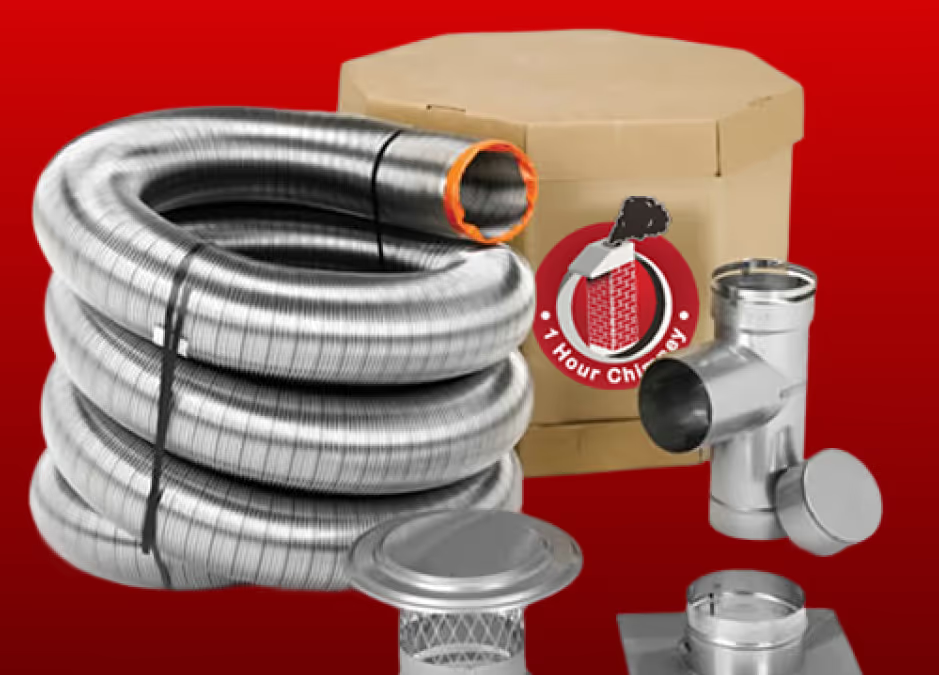
Liner installation should always be done by a certified professional. It typically involves removing the old liner (if needed), sizing the new liner, and inserting it from the top of the chimney down to the fireplace or appliance connection point.
Proper sizing and insulation are key for performance and safety.
Signs include poor draft, smoke in the house, strong odors, visible cracks, or failing a chimney inspection.
Stainless steel liners are the most versatile, durable, and suitable for wood, gas, or oil appliances.
No,unlined chimneys are a major fire hazard and do not meet building codes. They should not be used.
Expect $1,500–$4,000 depending on chimney size, liner type, and labor. Cast-in-place options may cost more
Yes. A properly sized and insulated liner improves airflow, heat retention, and overall fireplace performance.